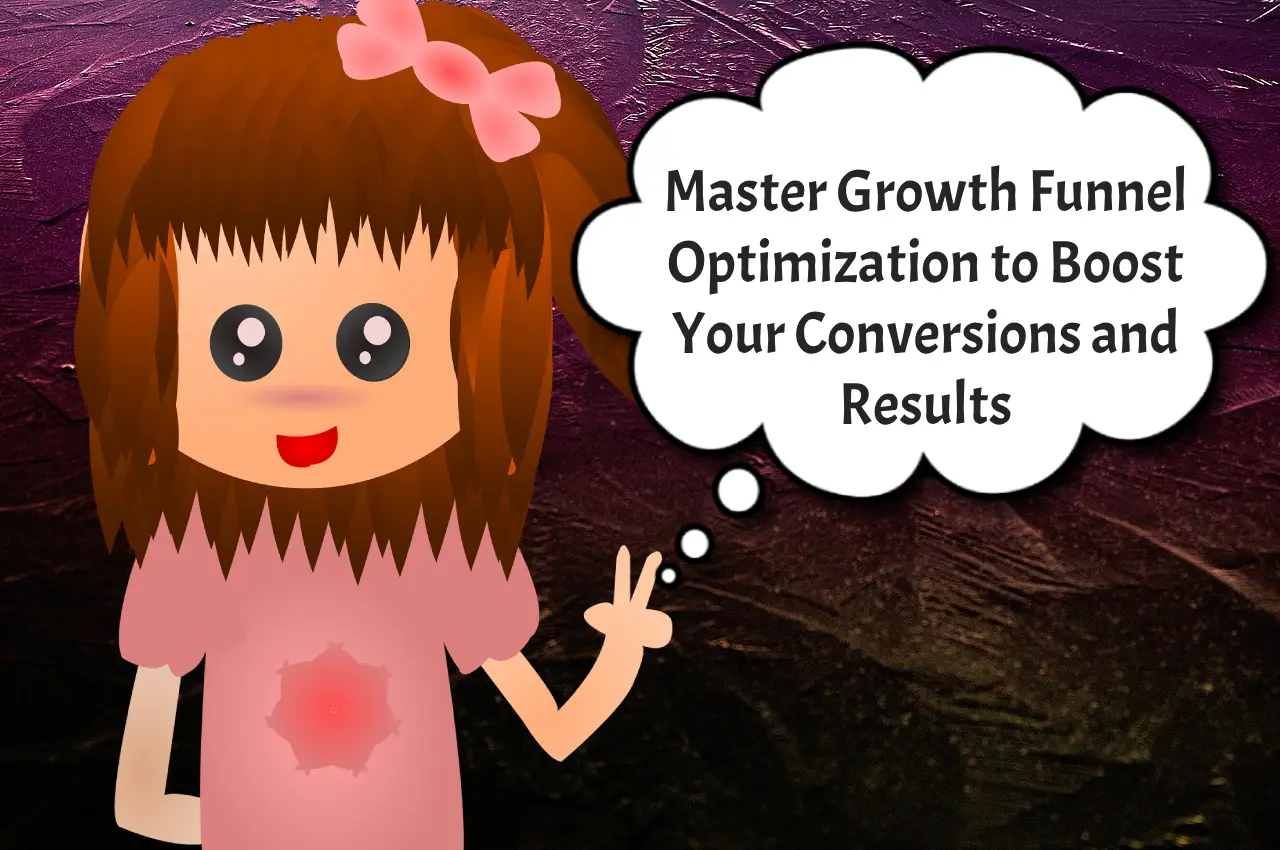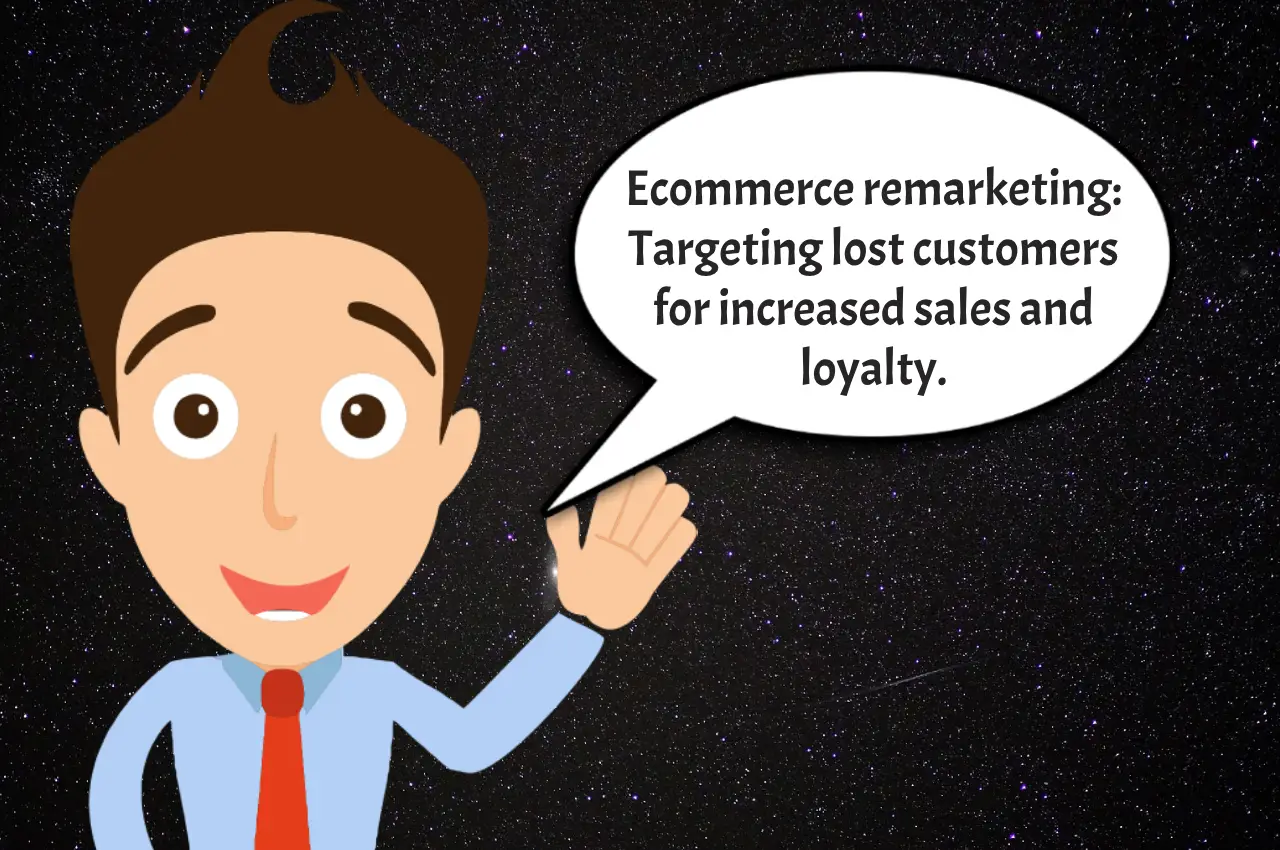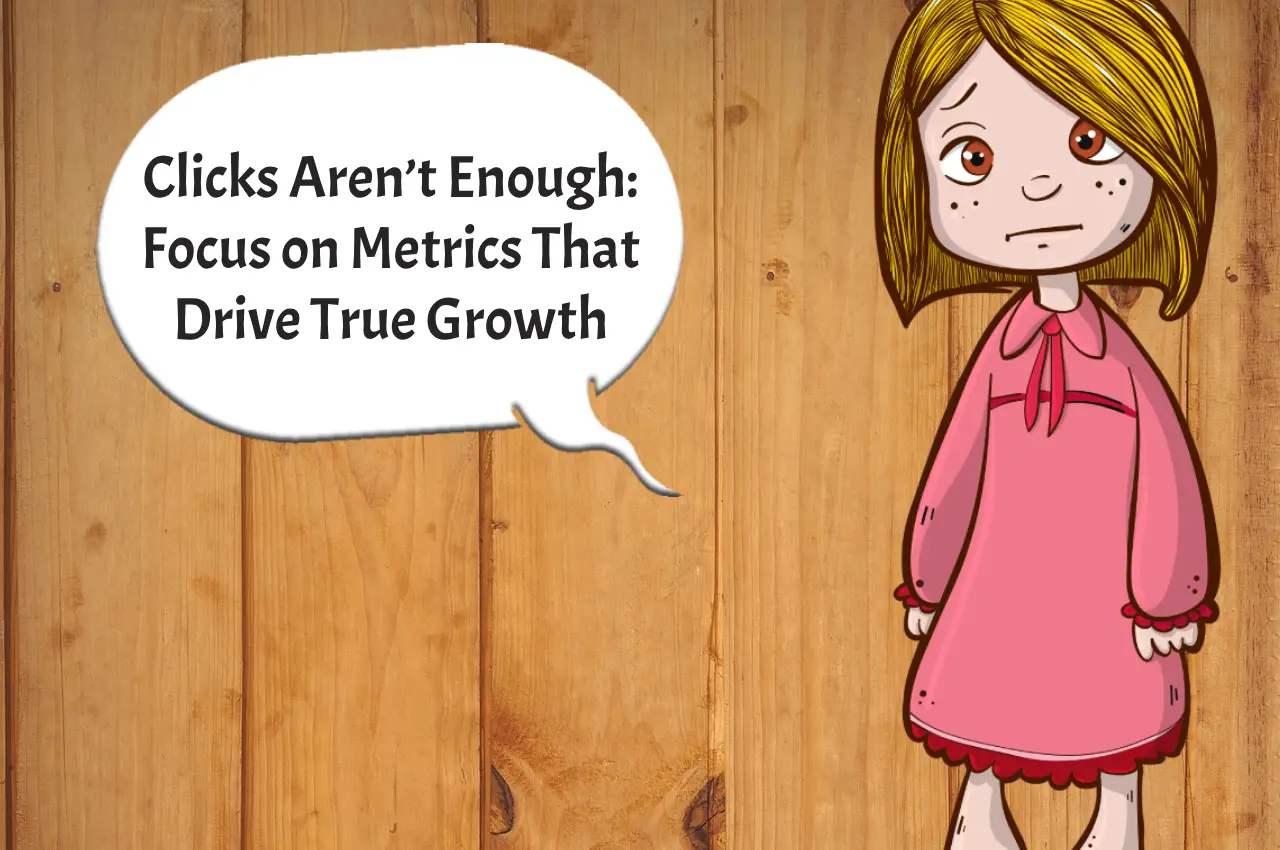Crafting a successful growth funnel is akin to constructing a well-oiled machine. It requires meticulous planning, strategic execution, and constant optimization to drive meaningful results. In this comprehensive guide, we’ll delve into the intricacies of growth funnel optimization, breaking down each step to help you maximize your conversion potential.
Understanding the Growth Funnel:
Before diving into optimization techniques, let’s ensure we’re on the same page about what a growth funnel is. Essentially, a growth funnel outlines the journey that potential customers take from initial awareness of your product or service to making a purchase decision. It typically consists of several stages, including awareness, consideration, conversion, and retention.
Identifying Your Audience:
The first step in optimizing your growth funnel is understanding your audience. Who are they? What are their pain points? What motivates them to make a purchase? Conduct thorough market research to gather insights into your target demographic, allowing you to tailor your messaging and offerings accordingly.
Creating Compelling Content:
Content is the lifeblood of any successful growth funnel. Whether it’s blog posts, social media updates, or email newsletters, your content should be informative, engaging, and relevant to your audience’s needs. By providing value upfront, you can establish trust and credibility, laying the foundation for future conversions.
Driving Traffic:
Once you’ve created compelling content, it’s time to drive traffic to your funnel. This can be achieved through various channels, including search engine optimization (SEO), social media marketing, email campaigns, and paid advertising. Experiment with different strategies to identify which channels yield the best results for your business.
Segmentation and Personalization:
Segmenting your audience based on demographics, behavior, or preferences allows for more personalized communication. Tailoring your messaging and offerings to specific segments can significantly improve engagement and conversion rates. Utilize tools like customer relationship management (CRM) software to streamline the segmentation process and deliver targeted content to each audience segment.
User Experience (UX) Design:
A seamless user experience is paramount to the success of your growth funnel. Invest in intuitive website design, clear navigation, and fast loading times to minimize bounce rates and maximize conversions. Conduct user testing and gather feedback to identify areas for improvement and optimize the user journey accordingly.
Social Proof and Testimonials:
Incorporating social proof elements such as customer testimonials, reviews, and case studies can instill trust and credibility in your brand. Showcase positive experiences from satisfied customers to reassure prospects and alleviate any doubts they may have about making a purchase. Consider leveraging user-generated content and influencer partnerships to amplify your brand’s social proof.
Lead Nurturing Automation:
Implementing automated lead nurturing workflows can streamline the process of moving leads through the funnel. Set up email sequences, drip campaigns, and personalized follow-ups to engage with leads at every stage of their journey. Leverage marketing automation platforms to automate repetitive tasks and deliver timely, relevant messages to your audience.
Multichannel Marketing Integration:
Embrace a multichannel marketing approach to reach your audience wherever they are. Integrate your growth funnel across various channels, including social media, email, SMS, and chatbots, to create a cohesive and consistent brand experience. Coordinate messaging and promotions across channels to reinforce your brand’s messaging and drive omnichannel engagement.
Continuous Learning and Education:
Stay informed about the latest trends, technologies, and best practices in growth funnel optimization. Attend industry conferences, webinars, and workshops to expand your knowledge and network with other professionals in the field. Join online communities and forums to share insights, ask questions, and learn from others’ experiences.
Competitor Analysis and Benchmarking:
Conduct regular competitor analysis to benchmark your performance against industry peers and identify areas for improvement. Analyze competitor funnels, messaging, and tactics to glean insights into what works and what doesn’t in your niche. Use this information to refine your own strategy and stay ahead of the competition.
Customer Feedback and Surveys:
Actively solicit feedback from your customers through surveys, polls, and feedback forms. Gain valuable insights into their preferences, pain points, and satisfaction levels to inform your growth funnel optimization efforts. Use feedback to iterate on your products, services, and marketing strategies, ensuring they align with your audience’s needs and expectations.
Data Privacy and Compliance:
With increasing concerns about data privacy and security, it’s essential to prioritize compliance with regulations such as GDPR and CCPA. Implement robust data protection measures, obtain explicit consent from users before collecting their personal information, and adhere to best practices for data handling and storage. Building trust and transparency around data privacy can enhance your brand’s reputation and foster stronger customer relationships.
Continuous Monitoring and Optimization:
Monitor key performance indicators (KPIs) and metrics related to your growth funnel on an ongoing basis. Set up dashboards and reports to track progress towards your goals and identify any areas of underperformance. Continuously optimize your funnel based on data-driven insights, experimentation, and iteration to drive continuous improvement and achieve sustainable growth.
Capturing Leads:
As traffic flows into your funnel, it’s essential to capture leads effectively. Offer incentives such as lead magnets, free trials, or exclusive discounts in exchange for contact information. This allows you to nurture leads over time, guiding them through the funnel towards conversion.
Optimizing Conversion Points:
At the heart of growth funnel optimization lies the conversion points – the moments where leads take action, whether it’s making a purchase, signing up for a newsletter, or requesting more information. Analyze each conversion point carefully, identifying potential barriers or friction points that may hinder the conversion process. By optimizing these areas, you can streamline the user experience and increase conversion rates.
Implementing Retention Strategies:
Optimizing your growth funnel isn’t just about acquiring new customers; it’s also about retaining existing ones. Implement strategies such as personalized email campaigns, loyalty programs, and exceptional customer service to foster long-term relationships with your audience. A satisfied customer is not only more likely to make repeat purchases but also to advocate for your brand to others.
Measuring and Analyzing Results:
No growth funnel optimization strategy is complete without proper measurement and analysis. Utilize tools such as Google Analytics, CRM software, and A/B testing platforms to track key metrics and identify areas for improvement. By continuously monitoring your funnel’s performance, you can make data-driven decisions to optimize your strategy over time.
Iterating and Experimenting:
Finally, remember that growth funnel optimization is an ongoing process. What works today may not work tomorrow, so it’s essential to stay agile and adaptable. Continuously iterate on your strategy, experimenting with new tactics and technologies to stay ahead of the curve. By embracing a culture of experimentation, you can uncover new opportunities for growth and innovation.
In Conclusion:
Optimizing your growth funnel is a multifaceted endeavor that requires dedication, creativity, and perseverance. By following the steps outlined in this guide and staying attuned to your audience’s needs, you can create a funnel that drives sustainable growth for your business. So, roll up your sleeves, dive in, and watch your conversions soar.
What are your thoughts on growth funnel optimization? Share your experiences and insights in the comments below! Let’s continue the conversation and help each other succeed.





